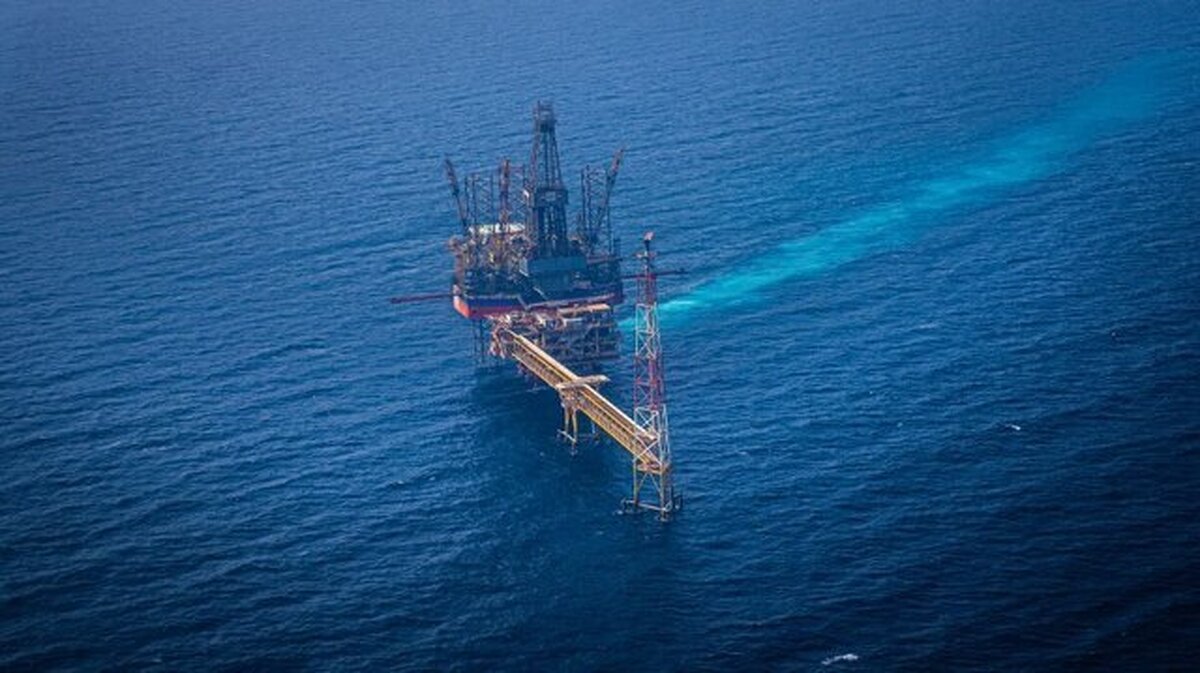
Substantial Rise in Oil, Gas Extraction From Joint Fields
EghtesadOnline: Oil and gas extraction from joint fields, including the giant South Pars Gas Field in the Persian Gulf and West Karoun Oil Block in the southern Khuzestan Province, has increased substantially over the last decade.
Based on information from the Oil Ministry and the National Iranian Oil Company, Iran has 28 joint fields with neighboring countries, of which 18 are oilfields, six are gas fields and the rest are oil and gas fields, IRNA reported.
Of the total joint fields (28), 12 are shared with Iraq, seven with the UAE and two are shared with Qatar and Oman. Iran also shares oil and gas fields with Kuwait and Turkmenistan.
With respect to natural gas withdrawal, Iran’s daily extraction from SP was 282 million cubic meters per day in 2013, which has now risen by 150% to 700 mcm/d.
“The giant hydrocarbon field accounted for 10% of Iran’s gas production in 2002. Nevertheless, the share has now risen to 70%,” Mohammad Meshkinfam, the managing director of Pars Oil and Gas Company, a subsidiary of NIOC, said.
POGC’s CEO said an estimated $50 billion are needed to develop and maintain gas fields across Iran over the next 20 years.
“Of the total investment, about $30 billion would be for projects in the giant South Pars Gas Field,” he added.
South Pars, the world's largest proven offshore natural gas reservoir in the Persian Gulf, contains at least 12 trillion cubic meters of gas, of which 2 tcm have been extracted by Iran in the past 18 years.
Meshkinfam said that of the total reserves, close to 9 tcm are extractable.
SP Development
So far, $78 billion have been invested to develop SP since 2002 when the field’s daily output was 32 million cubic meters, which then accounted for less than 10% of Iran’s gas requirements, the official added.
Giving a breakdown, the POGC managing director noted that around $9 billion were spent on the field between 2002 and 2006 to boost production by 113 mcm/d after four years and output reached 145 mcm/d in 2006.
“Between 2006 and 2013, NIOC invested $45 billion in the gas field and daily output reached 287 mcm,” he said.
Close to $24 billion have been spent to develop the field since 2013 and production is currently around 680 mcm/d, accounting for 70% of the domestic need for the eco-friendly fuel.
“To reach 1.5 bcm/d, NIOC needs at least $30 billion over the next two decades,” he said.
Meshkinfam announced that 10 new gas fields have been discovered, mostly in the Persian Gulf.
The huge gas field, which Iran shares with Qatar, covers an area of 9,700 square kilometers, 3,700 square kilometers of which (South Pars) are in Iran’s territorial waters and the rest (North Dome) is in Qatari waters. It is estimated to contain large deposits of natural gas, accounting for 8% of the world’s known reserves and approximately 18 billion barrels of condensates.
South Pars has 24 phases, all of which, except Phase 11, are operational. The mega project includes 39 offshore platforms, 373 wells and 3,000 kilometers of subsea pipelines.
West Karoun Oil Block
According to Oil Minister Bijan Namdar Zanganeh, oilfields in West Karoun Oil Block are among development priorities.
“Oil extraction from the shared West Karoun block in Khuzestan Province reached 420 barrels per day, marking a sixfold increase compared to 2013,” he added.
The oil minister said NIOC lagged behind Iraq in early 2016 in producing crude oil from the block, but has now moved ahead of OPEC'S number 2 producer in West Karoun.
West Karoun includes several large oilfields straddling the Iran-Iraq border, namely Azadegan, Yaran, Yadavaran and Darkhoein, with the first three divided into north and south projects. The block holds an estimated 67 billion barrels of oil in place.
Giving a breakdown on NIOC’s production from the fields, Zanganeh said Iran is now pumping 130,000 bpd from Yadavaran Oilfield.
Extractions from Azadegan, Darkhoein and Yaran oilfields stand at 210,000 bpd, 50,000 bpd and 30,000 bpd, respectively.


